(116381 products available)














































































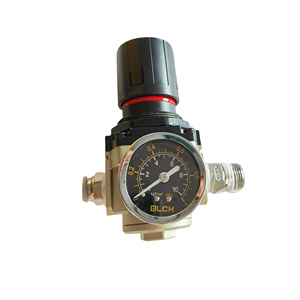
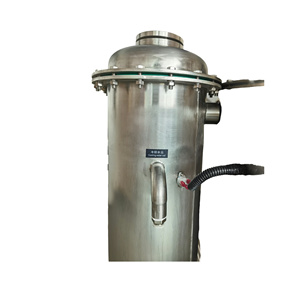
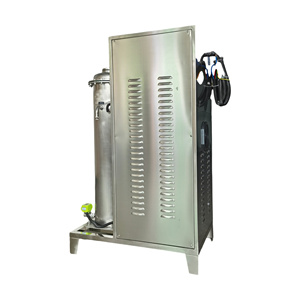


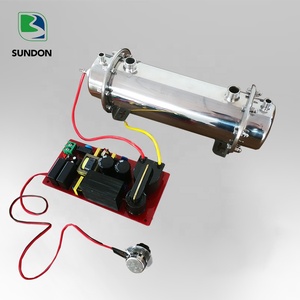




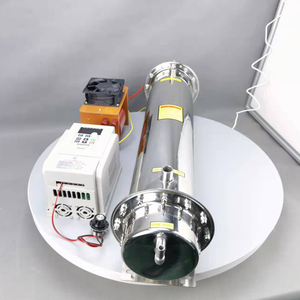
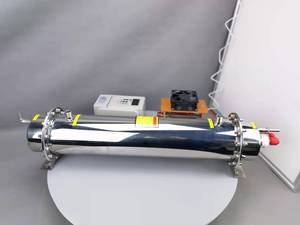
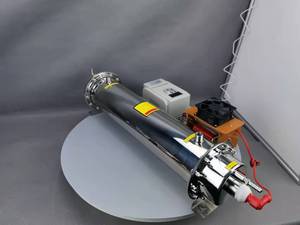
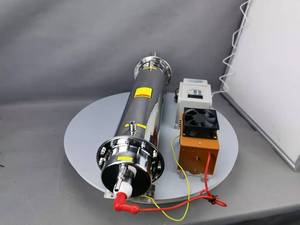

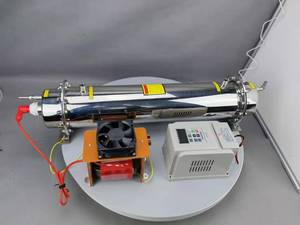




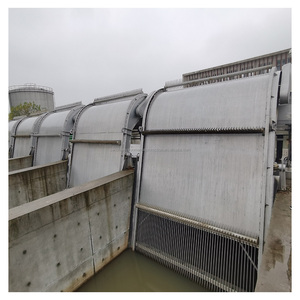

















































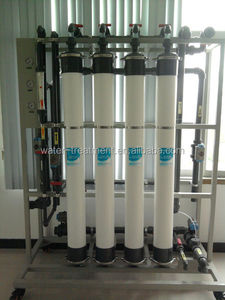
































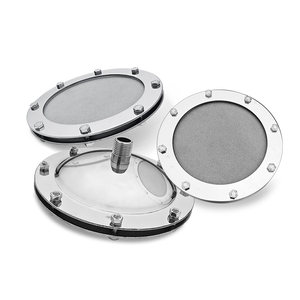

















































Wastewater treatment equipment is used to treat sewage or industrial effluents to remove impurities and make it eco-friendly for disposal or reuse. Advanced waste water treatment plant machines use a combination of physical, chemical, and biological processes to achieve the desired quality of water。
Finally, the treated water is released to a river, lake or sea, or stored in a reservoir. The solid waste or sludge is further treated in a dewatering press or composting facility before it is disposed of in a landfill.
The waste water treatment equipment can be classified as municipal or industrial depending upon the source of waste water. There are sewage treatment plants and effluent treatment plants to handle municipal and industrial waste water respectively. Within these types of treatment facilities, specific equipment may employ physical, chemical, or biological processes to treat and purify the water.
Some critical specification details of waste water that is typically used around the world are as follows:
More sophisticated waste water treatment systems are now taking into consideration the energy recovery from waste water by using various methods such as anaerobic digestion, membrane bioreactors and others. These systems are more complex and their specifications will vary greatly. In addition, some waste water treatment facilities are contributing to the circular economy by using treated waste water for irrigation or other low-grade industrial uses. These systems will have very different specifications and capacity. So, it is best to check the specifications of such complex systems separately.
It is necessary to maintain waste water treatment systems regularly to ensure that they are operating optimally and are in good working condition. By doing so it will help extend the life of any treatment system and will reduce the risk of environmental hazards that occur if such systems malfunction. Here are some crucial waste water treatment system maintenance tips:
A sewage water pump performs exceptionally well at a sewage treatment plant. This facility exists to rid water of contaminants before returning it to the environment. The pump thrusts wastewater through treatment units such as screens and aerators. It helps to keep the plant running smoothly by preventing clogging, maintaining efficient airflow, and enabling the breakdown of solids.
Pits and trenches frequently get deluged with surface water runoff during heavy rains, but a sewage water pump can save the situation. The pump comes in handy for draining stormwater from these places to stop flooding, structural damage, and safety hazards. It swiftly removes the water to create space for normal operations to continue.
Landfills and construction sites are also excellent places to use a sewage water pump. In these places, the pump helps remove leachate and groundwater from below the surface. It stops the buildup of pressure that can cause land sinks or destabilize structures. Using a sewage water pump for this purpose helps to protect the integrity of the land and construction site.
Separating solid waste from liquid provides an efficient method of recycling, and a sewage water pump aids this process in filtration systems. It pumps effluents through filters to extract valuable materials such as dust and faecal solids for further processing or disposal. Without the water pump, many recyclable solids would end up in the wastewater stream.
Before investing in a wastewater treatment plant, it's essential to understand the factors influencing the decision to select an STP or another form of wastewater treatment facility.
Source and amount of sewage:
The type of sewage treatment facility will depend on the kind of sewage and the amount produced daily. For example, a compact STP with an MBBR design may suit a small residential community, while an open land STP in a distant part of the city may treat more sewage daily and in a more cost-effective manner.
Local laws and regulations:
Local laws will determine how much water can be recycled and what happens to the treated sewage. If the local norm is to discharge in a river, an advanced STP with tertiary treatment may be essential. On the other hand, if all water goes to the ground, a facility with an adequate deep percolation system will be sufficient.
Land availability:
In some areas like urban centers, land is a premium commodity, and underground STPs with digester, MBR, and recycling facilities may help save land and provide more water. Open land STPs may be used in other areas where land is inexpensive and available.
Cost:
The initial and recurring costs of a sewage treatment facility also play an essential part in decision-making. If the local laws permit only non-cache facilities, then the cost of treatment will have to be incurred.
Environmental impact:
Many communities are environmentally conscious and may prefer STPs that consume less energy and produce less carbon. Such facilities may help mitigate climate change and global environmental impacts.
Technical support
In some areas, abundant trained staff can handle the intricacies of advanced STPs, while in others, a simple facility will be better because of a lack of trained manpower. It is essential to assess the need for technical support and STP maintenance staff.
Q1: What is the domestic waste water treatment process?
A1: The domestic waste water treatment process typically comprises four steps: preliminary treatment (filtering out larger solids), primary treatment (settling tanks to separate sludge and effluent), secondary treatment (biological processes to degrade organic matter), and tertiary treatment (advanced treatments like filtration and disinfection).
Q2: What are some recent advancements in waste water treatment technology?
A2: Recent advancements include smart waste water treatment plants (integrating IoT for real-time monitoring), energy recovery systems (for biogas production), decentralised treatment solutions (for small-scale, on-site processing), and nutrient recovery technologies (to recover phosphorous and nitrogen).
Q3: What are the key challenges in waste water treatment?
A3: The key challenges include managing the energy consumption of treatment plants, ensuring compliance with evolving regulatory standards, addressing the variability and complexity of waste water composition, securing adequate funding for infrastructure maintenance and upgrades, and promoting public awareness of waste water as a valuable resource.